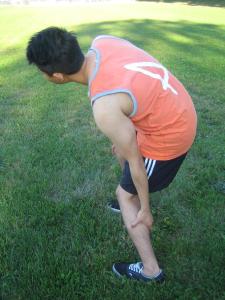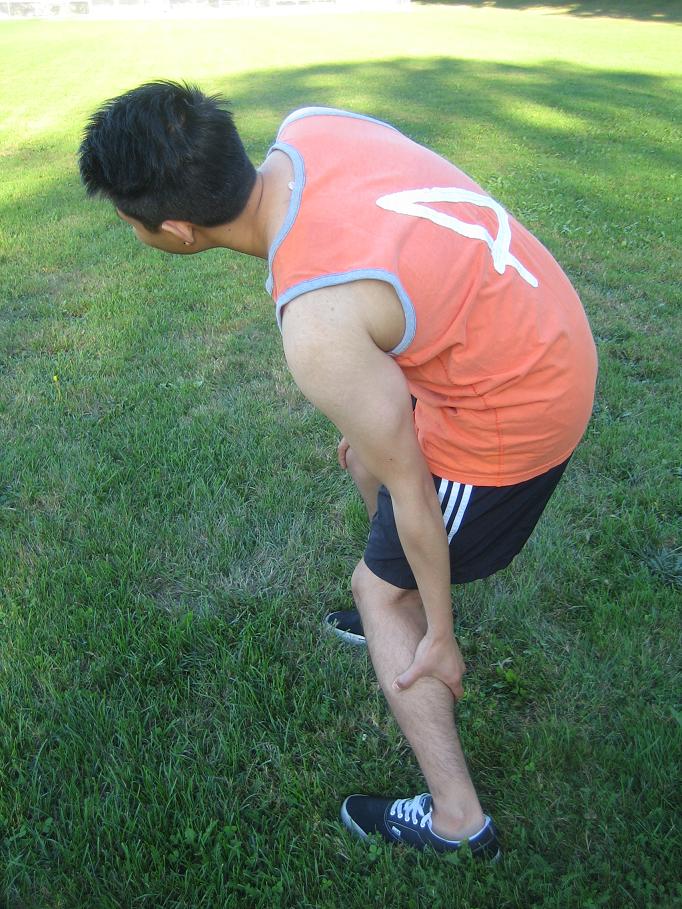A calf strain involves injury to the muscles of the back part of the leg. The calf muscles cover the area starting at the knee up to the ankle, forming the Achilles tendon in the inferior region of the leg. It is important to note that the calf muscle is comprised of 3 main muscles – gastrocnemius muscles and the soleus muscle.
What happens if I have a calf strain?
A calf strain is an injury to the gastrocnemius muscle. Once the muscle is strained, the muscle is overly stretched. In less severe cases, the muscle is pulled beyond its normal limits. As for severe cases, the muscle fibers are torn and can even trigger a full rip of the muscle. In most cases, the injury involves negligible tears of a few muscle fibers but majority of the muscle tissue stays intact.
Indications of a calf strain

An acute case of calf strain can be painful depending on the severity of the injury. The injury is usually classified as follows:
- Grade I – minor discomfort with minimal disability and slight or no limit to activity
- Grade II – moderate discomfort while walking and limited ability to engage in activities such as jumping and running along with swelling and bruising
- Grade III – severe injury that causes inability to walk and there is muscle spasm, significant bruising and swelling
A calf strain is common among men between 30-50 years old. In most cases, individuals who end up with a calf strain can notice an abrupt, piercing pain or discomfort in the rear part of the leg. Remember that the injury typically occurs right above the middle point of the leg. This area becomes swollen and tender once a strain occurs.
When to consult a doctor
If an individual has symptoms of a severe calf strain, it requires assessment so that appropriate treatment can be started. Some of the indications of a severe strain on the calf include the following:
- Pain while being seated or at rest
- Difficulty walking
- Pain during night time
In severe cases, it should be assessed since some might lead to a full muscle rupture which requires surgery to reattach the torn ends of the muscle. Take note that this is rarely needed even among those with grade III strains since these typically undergo non-operative treatment.
Treatment
- Rest is vital after the injury to allow the damaged muscle to properly heal. Simply utilize the pain as a guide on the level of activity to engage in. This simply means that activities which trigger the symptoms must be avoided.
- Application of ice on the injury during the acute phase (initial 48 hours after the injury) and after activities. The cold helps alleviate the inflammatory response and stimulate the flow of blood to the area.
- Stretching of the calf muscle is useful but make sure that it is not painful.
- Application of heat before activities can loosen up the muscle. Simply apply a heat pack on the calf before stretching or exercising. Generally, the heat must be applied before and then followed by ice after.
- Anti-inflammatory medications can be given to alleviate the symptoms as well as calm the inflammation.
- Physical therapy under the guidance of a therapist can hasten the recovery process. Modalities such as therapeutic massage, ultrasound and specific exercises are beneficial.

